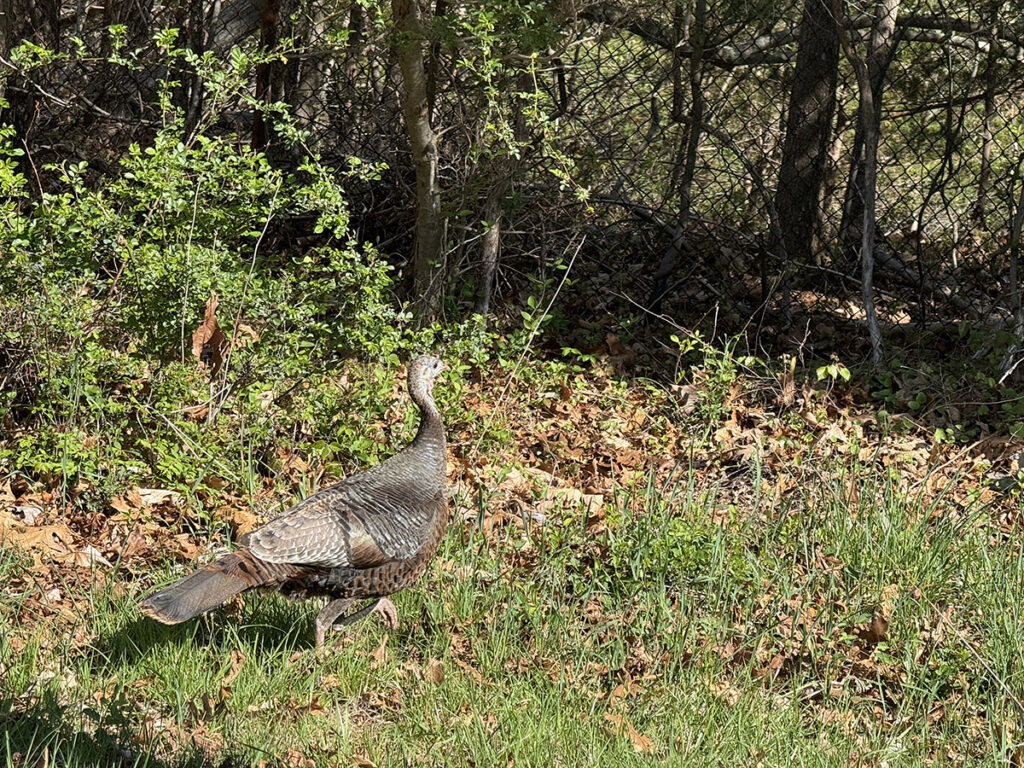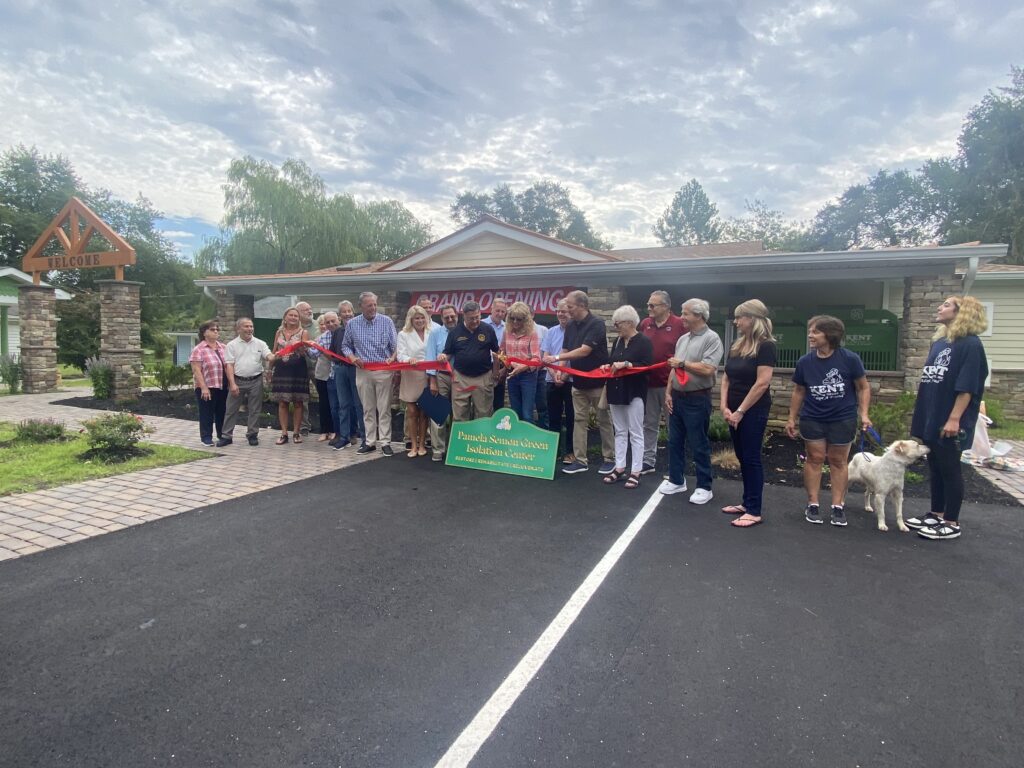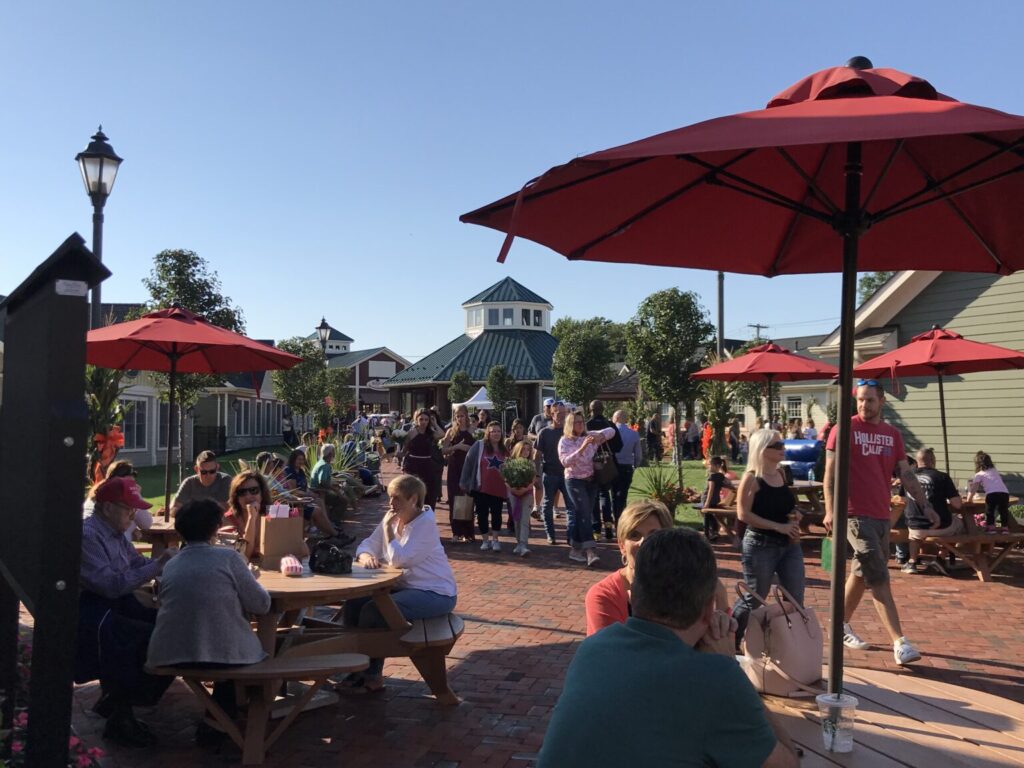Turkey talk: What’s the deal with them?

Turkeys have become a ubiquitous sight in Long Island’s woods, especially in the spring during their breeding season. A tom may be seen in full strut, his tail fanned, trying to attract mates or discourage other males. In the summer months, hens often race across roadways with a string of poults in tow.
These species were reintroduced in the 1990s after being extirpated, or removed, from their original range on Long Island. According to the National Wild Turkey Federation, turkeys on Long Island disappeared throughout the late 18th and early 19th centuries due to habitat fragmentation from farming. The Department of Environmental Conservation trapped approximately 75 wild turkeys in upstate New York and released these birds at three locations in Suffolk County.
That population continues to grow. The birds are now so well established that there is a spring hunting season.
“Turkey populations on Long Island are very healthy. The population on Long Island the last few years [has] been increasing, which has led to the department’s ability to open up a spring hunting season on turkeys in Suffolk,” said Chip Hamilton, New York State DEC wildlife biologist.
One of the methods the DEC uses to track turkeys is the Summer Wild Turkey Sighting Survey. According to their recent newsletter, the DEC has conducted the survey to track wild turkey productivity (the proportion of young of the year to adult hens) across the state since 1996. This allows the DEC to gauge the turkey’s reproductive success and predict future populations.
“[The survey is] one of the sample methods that that we use to track wild turkey population trends. Some of the other stuff that that we’ll use is a bow hunter sighting log, which is a survey that bow hunters [harvesting deer] will use during the hunting season or when they’re out in the field. We also will use harvest data from both the spring and fall seasons to inform our structured decision-making process,” Mr. Hamilton said.
These birds are opportunistic by nature. While they do eat ticks, the insects do not make up a huge part of their diet. They also eat other insects, nuts, and grasses. Though turkeys do not provide significant pest control, they are still vital to the overall ecosystem.
“Turkeys are historic to the northeast. The population here on Long Island is doing very well,” said Mr. Hamilton. “When you have good habitat, you’re going to have a good turkey population. When we have good weather in the springtime, they’ll have successful poults … so they will be able to raise them. Having turkeys on the landscape is a good thing for biodiversity.”
People who are sharing their environment with turkeys should be aware of a few basic rules to keep themselves and the birds safe. As with all wildlife, feeding is a problem. They will become aggressive when their expected meal is not forthcoming.
“When they are intentionally or unintentionally feeding the birds, that’s where we’ll start to see some of those negative interactions. When the turkeys start associating humans to the food source, that situation can be a big problem,” said Mr. Hamilton.
Turkeys can also be aggressive during their breeding season. They view any other turkeys as a threat to their success, and will attack their own reflection in an attempt to defend their space.
“Turkeys can be territorial during the breeding season. It’s not uncommon for us to hear at the office of complaints in the spring about turkeys pecking at cars and pecking at glass you know reflections in their sliding doors and stuff like that,” Mr. Hamilton said.
Fortunately, it isn’t difficult to redirect the turkeys’ attention elsewhere with hazing techniques. The birds learn and adopt new behaviors quickly.
“They’re super smart. To alleviate negative interactions without having to remove offending birds from the landscape, we can educate that bird if we don’t want that bird on this parcel or we don’t want that bird walking across this lawn,” he said. “With the homeowner’s commitment, those birds will learn in a relatively short timeframe that this is not a place that they want to be.”









